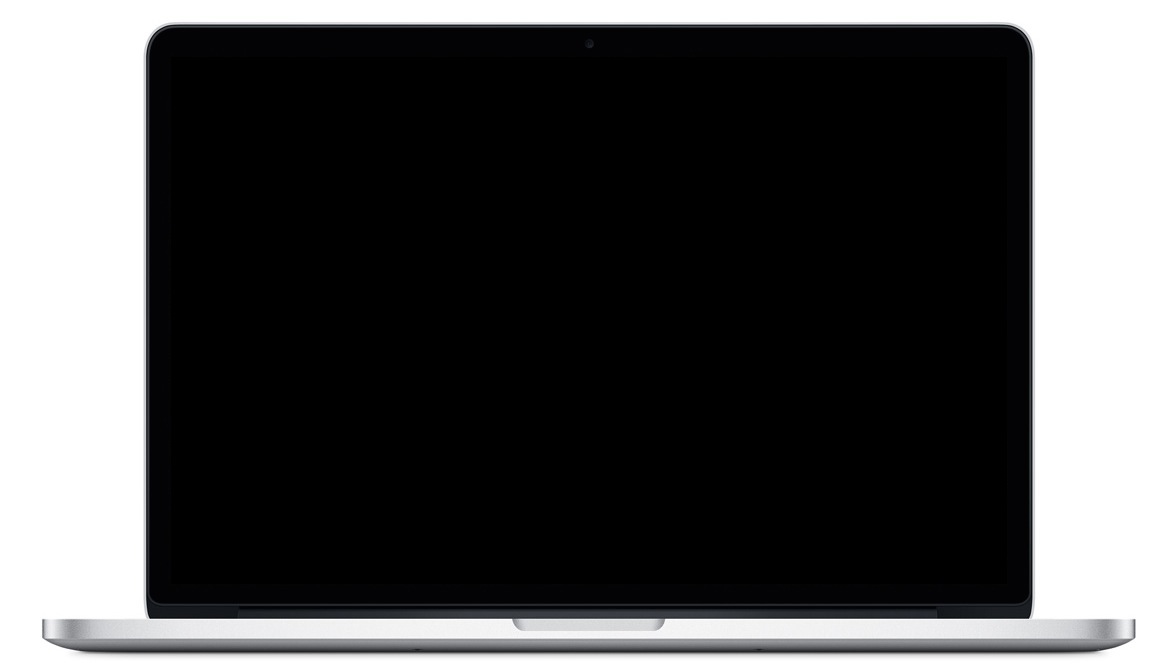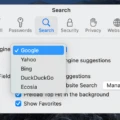Have you ever experienced the frustrating issue of your Macbook screen going black unexpectedly? If so, you’re not alone. Many Macbook users have encountered this problem, and it can be quite disruptive to your workflow. In this article, we will explore some possible causes and solutions for this issue.
One of the first things you should check is the brightness level of your display. It may seem obvious, but sometimes the screen can appear black simply because the brightness setting is too low. Adjusting the brightness level can often solve this problem and bring your display back to life.
Another thing to check is whether your Macbook is in sleep mode. Press the space bar or any other key to see if the Mac wakes up. Sometimes, the screen can go black when the computer is in sleep mode, and simply pressing a key can resolve the issue.
If adjusting the brightness and waking up the Macbook doesn’t solve the problem, it’s worth checking the connection between your Macbook and the display. Ensure that all cables are securely plugged in and that there are no loose connections. Sometimes, a loose cable can cause the screen to go black intermittently.
In some cases, the issue may be related to external devices connected to your Macbook. Unplug any external devices, such as USB drives or external monitors, and see if the problem persists. Sometimes, a faulty external device can interfere with the proper functioning of your Macbook’s display.
If none of these solutions work, it’s possible that your Macbook’s battery is running low. In this case, it’s recommended to unplug any devices connected to your computer, except the power adapter. Hold down the Command and Control keys while you press the power button to restart the computer. Let the battery charge to at least 10 percent before plugging in any external devices and resuming your work.
If you’ve tried all these troubleshooting steps and your Macbook screen still keeps going black, it may be time to seek professional help. Contact Apple Support or visit an authorized service provider to get expert assistance. They can diagnose the issue and provide a solution tailored to your specific problem.
A Macbook screen going black can be a frustrating issue, but there are several possible causes and solutions. Checking the brightness level, ensuring the Macbook is not in sleep mode, verifying cable connections, and unplugging external devices can often resolve the problem. If all else fails, seek professional assistance to get your Macbook back in working order.

How to Stop Your Mac Screen From Going Black So Fast?
To prevent your Mac screen from going black too quickly, you can adjust the display sleep settings. Here are the steps to follow:
1. Open the Apple menu by clicking on the Apple logo in the top-left corner of the screen.
2. Select “System Preferences” from the drop-down menu.
3. In the System Preferences window, click on “Energy Saver.”
4. In the Energy Saver preferences, you will see two tabs: “Battery” and “Power Adapter.” Make sure you are on the appropriate tab based on whether your Mac is running on battery or connected to a power adapter.
5. On the selected tab, you will find a slider labeled “Turn display off after.” This slider determines how quickly the screen goes black when inactive.
6. Adjust the slider to your desired time. Moving it to the right will increase the duration before the screen turns off, while moving it to the left will decrease the duration.
7. Additionally, you can uncheck the box that says “Put hard disks to sleep when possible” if you want to prevent the hard drive from going to sleep.
8. Once you have made your changes, close the Energy Saver preferences window. Your new settings will be saved automatically.
By following these steps, you can customize the screen sleep settings on your Mac and prevent it from going black too quickly.
Why Does Your MacBook Air Screen Keep Going Dark?
There could be a few reasons why your MacBook Air screen keeps going dark. Here are some possible causes and solutions:
1. Brightness level: Check the brightness setting on your MacBook Air. If the brightness is set too low, it can make the screen appear dark. Adjust the brightness level by pressing the F1 and F2 keys on your keyboard or going to System Preferences > Displays.
2. Sleep mode: Make sure your MacBook Air is not in sleep mode. Press the Space bar or any other key to see if the Mac wakes up. If the screen remains dark, it might be a different issue.
3. External display: If you are using an external display, ensure that it is turned on and connected properly to your MacBook Air. Check the display’s brightness settings as well.
4. Power settings: Check your MacBook Air’s power settings. Go to System Preferences > Energy Saver and make sure the “Turn display off after” option is set to a reasonable time or disabled.
5. Software issue: Sometimes, a software issue can cause the screen to go dark. Restart your MacBook Air to see if it resolves the problem. If the issue persists, you can try resetting the System Management Controller (SMC) by following the instructions provided by Apple support.
6. Hardware problem: In rare cases, there may be a hardware problem causing the screen to go dark. If none of the above solutions work, it is recommended to contact Apple support or visit an authorized service provider to get your MacBook Air checked.
Remember to always back up your important data before attempting any troubleshooting steps or contacting support.
Conclusion
The Macbook is a highly advanced and reliable computer that offers a seamless user experience. Its sleek design, powerful performance, and intuitive features make it a top choice for both personal and professional use.
One of the standout features of the Macbook is its long battery life, allowing users to work or enjoy entertainment for extended periods without needing to constantly plug in. The ability to charge the battery to at least 10 percent before connecting any external devices ensures optimal performance and prevents any potential issues.
The Macbook’s display is also worth mentioning, as it delivers vibrant colors and sharp visuals. If the display appears dark, it is recommended to check the brightness level and ensure that both the Macbook and the display are turned on and not in sleep mode. Additionally, checking the cable connections can help resolve any potential display issues.
The Macbook offers a seamless and enjoyable computing experience. Its reliability, performance, and user-friendly features make it a popular choice among professionals and casual users alike. Whether you’re working on a project, streaming videos, or browsing the web, the Macbook is sure to exceed your expectations.








